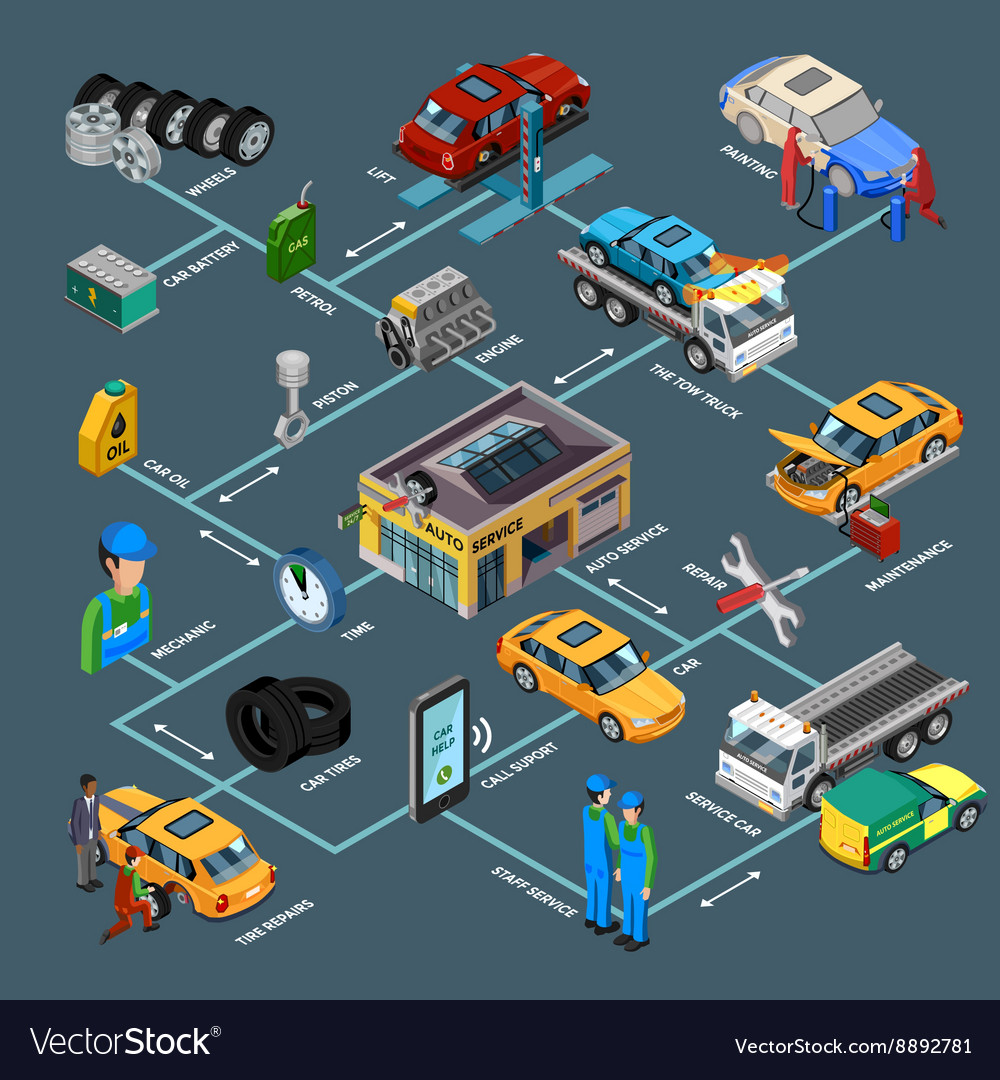An Initial Guide To Decoding Your Automobile'S Warning Indicators
An Initial Guide To Decoding Your Automobile'S Warning Indicators
Blog Article
Author-Shah Lindegaard
When you lag the wheel, those little caution lights on your auto's dashboard can be rather perplexing. What do they suggest, and should you be concerned? Understanding these signals is important for your lorry's wellness, but it does not need to be a difficult task. By deciphering the secret behind each light, you'll be equipped to handle potential issues successfully and keep your vehicle running efficiently. So, following time a warning light flashes, don't panic - arm yourself with understanding and take control of the scenario.
Importance of Car Caution Lights
Understanding the importance of your automobile's warning lights is important for keeping your vehicle's health and wellness. These lights serve as your vehicle's interaction system, informing you to prospective issues that can endanger your safety and security on the road or result in pricey fixings if neglected. By taking notice of these warnings, you can resolve issues early and prevent additional damage to your vehicle.
Overlooking alerting lights can lead to serious repercussions, such as engine failure, brake malfunctions, or even crashes. These lights are created to alert you of concerns varying from low tire stress to engine breakdowns, providing you the chance to do something about it before the situation gets worse. Routinely checking and recognizing these warnings can save you time, money, and guarantee your security while driving.
In addition to maintaining you risk-free, reacting promptly to warning lights can also help prolong the life expectancy of your car. By attending to issues at an early stage, you can protect against little problems from intensifying into major repair services, ultimately conserving you money and time in the future. Remember, your car's caution lights are there for a reason - do not ignore them!
Common Caution Lighting and Meanings
When it comes to driving your automobile, understanding usual caution lights and their significances is necessary for your security and vehicle upkeep. Below are a few typical caution lights you might encounter:
1. ** Inspect Engine Light **: This light indicates a concern with your engine. Maybe relevant internet page like a loosened gas cap or something much more severe like engine misfiring.
2. ** Battery Light **: This light signals an issue with your car's charging system. It might show a malfunctioning battery, generator, or various other relevant elements.
3. ** Oil Pressure Light **: When this light begins, it indicates your engine might be running low on oil or experiencing low oil pressure, which can bring about engine damages if not resolved immediately.
4. ** Brake System Light **: This light shows an issue with your stopping system. It could indicate reduced brake fluid degrees or a problem with the brake system that requires immediate focus.
Comprehending these typical warning lights will assist you identify possible concerns early and stop even more significant troubles in the future.
Exactly how to React To Caution Lights
On the occasion that a caution light illuminates on your automobile's control panel, it's essential to respond promptly and suitably. When a caution light begins, the very first step is to consult your proprietor's handbook to understand the particular issue indicated by the light.
Some lights call for prompt attention, while others might indicate a much less immediate matter. If the caution light is red or flashing, it's commonly a sign of a major problem that requires prompt action. In such situations, it's suggested to pull over safely, turn off the engine, and seek expert aid.
For protech or orange warning lights, while they might not need immediate interest, it's still essential to address the hidden problem quickly to avoid additional damages. Regular maintenance and examination can assist prevent alerting lights from coming on unexpectedly.
Conclusion
Finally, recognizing your auto's warning lights is crucial for maintaining your vehicle's health and wellness. By consistently checking and responding to these warnings, you can attend to prospective problems early and protect against costly repair services or safety risks. Bear in mind to consult your proprietor's guidebook for info on various warning lights and always take immediate action for red or blinking lights. Stay proactive and maintain your auto running efficiently!
